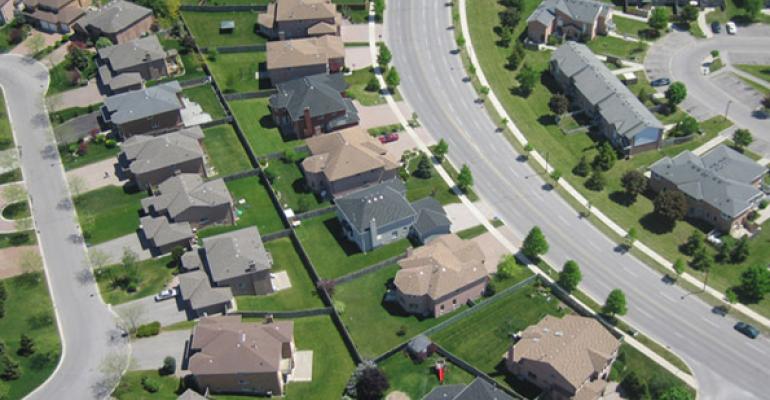It’s not yet summer, but housing markets like Dallas and San Antonio are already getting too hot for investors who buy single-family homes as rental properties.
“We are not recommending those markets,” says Scott Hetherington, spokesperson for HomeUnion, a firm that helps investors buy single-family homes and manages the houses as rental properties. “It is really difficult to outbid 10 other buyers. Your cap rates change quickly.”
Investors that buy single-family homes are much less interested in sudden changes in home values as the recovery in the housing market continues. Homes are no longer steeply undervalued. Instead, investors are looking for good long-term returns based on rental income from their properties as well as appreciation in home prices that is based on long-term demand for houses compared to the supply.
“The fast money has dissipated,” says Sam Khater, deputy chief economist for data firm CoreLogic. Home prices are still rising at a rate of about 5 percent a year, on average, but that’s much less than the 10 percent average appreciation a year ago, according to CoreLogic. Appreciation is strongest in Texas markets like Houston and Dallas, according to CoreLogic’s January data.
HomeUnion is still active in Dallas and San Antonio, and expects to broker more purchases in the next six months as more inventory comes onto the market, and it becomes easier to buy homes at prices that make sense compared to the likely rental income from the properties. HomeUnion is also planning to expand its 14 active markets to include Jacksonville, Fla., and Columbus, Ohio. “There is a lot of value still out there,” says Hetherington.
Institutional investors like Blackstone, which sometimes buy hundreds of homes at a time, have adapted to the changing opportunity by switching the markets in which they buy single-family homes, says CoreLogic’s Khater. Earlier in the recovery, institutional investors bought properties in markets where houses had lost the most value in the housing crash and were likely to rebound sharply, like Florida, California, Phoenix, Ariz., and Las Vegas. Institutional investors continue to buy single-family homes today, but they are focused on growing cities and metro areas in the South and Southeast, where their investments will be supported by long-term demand for housing.
“Institutional investors have really migrated to fast-growing Southern markets,” says Khater. “Demographic growth is number one.”
That includes growth in home-prices, just not the sharp increases of the early housing recovery. “The bounce back off the bottom has gone away,” says Khater. Instead, price increases will likely be driven by the need for relatively inexpensive homes. “Capital gains returns will be very strong, given past historical performance,” he adds.
The investors who buy single-family homes typically buy less expensive houses that are priced at about two-thirds to three-quarters of the median home price. For decades, the average prices of these houses have grown faster than home prices overall, according to CoreLogic. “Over the last 30 years, home prices at the lower end of the price range have appreciated twice as much as at the high end,” says Khater.
Demand for these homes has been high because stagnant income growth over the last 25 has limited what many households can afford. Supply of these inexpensive homes has been very small, especially in the aftermath of the housing crash and the Great Recession. Construction of new homes has fallen far below the previous norm of 1 million per year, and when developers do build new homes, they tend to build luxury ones. “The imbalance between supply and demand is not going to be fixed anytime soon,” says Khater. “Even if builders ramp up today, it’s going to take a while to fill demand.”
Relatively strong income from rents
Rental income makes single-family homes an attractive investment in many Southern markets, where capitalization rates range from 6.5 percent to 7.0 percent, according to CoreLogic, which figures cap rates by simply comparing multiple listing service (MLS) data on average rental prices for single-family homes to MLS data on average for-sale home prices. It a conservative way to figure cap rates, since most investors buy homes that are less than the medium home price.
HomeUnion estimates cap rates for its investors average 6 percent to 10 percent, including lower home prices and all the costs of managing the properties. “In many markets, rental prices have accelerated faster than home prices,” says Hetherington.

